What actually was written on the Rosetta Stone and why did it play such an important role in historical research?

The Rosetta Stone is a stone pillar discovered in 1799 in
Why was the Rosetta Stone so important? - Franziska Naether - YouTube
The Rosetta Stone was discovered in the Egyptian city of Rosetta (Rashid) in 1799 by French soldier Captain Pierre-François Bouchard during Napoleon Bonaparte's expedition to Egypt.
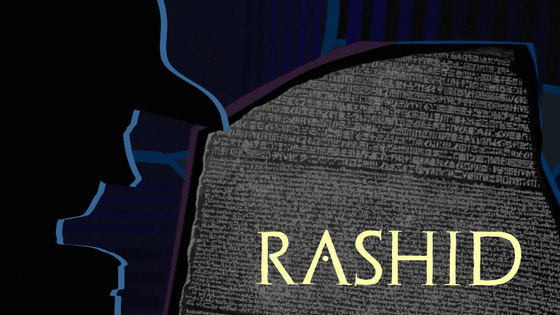
The Rosetta Stone contained text in three different languages.

At the top are
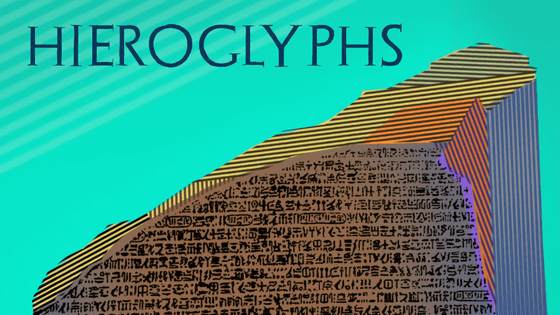
The second one is
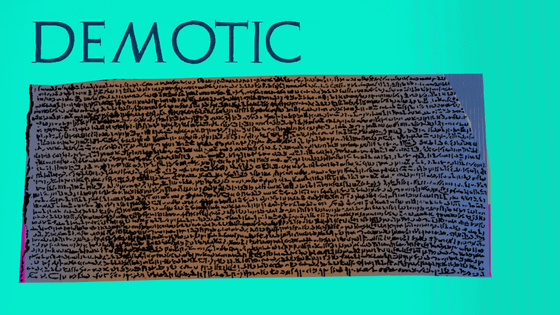
At the bottom is Ancient Greek.
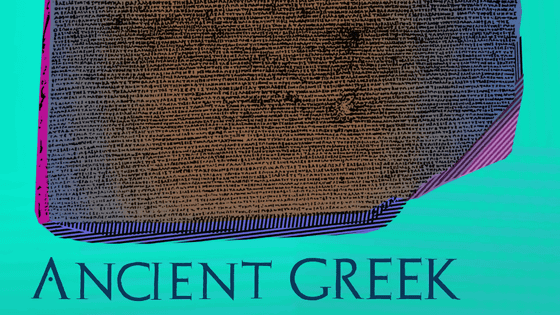
The British army recovered this stone and brought it back to the country, where it was exhibited at the British Museum in 1802 and became a popular exhibit.

Since it was brought to the British Museum, British physicist

Importantly, the ancient Greek section at the bottom contained the names of people, including the royal names Ptolemy, Alexander, and Arsinoe. Therefore, it is thought that the same names are included in the hieroglyphic and demotic sections, and finding out which letters represent which names would be a great clue to understanding the language.
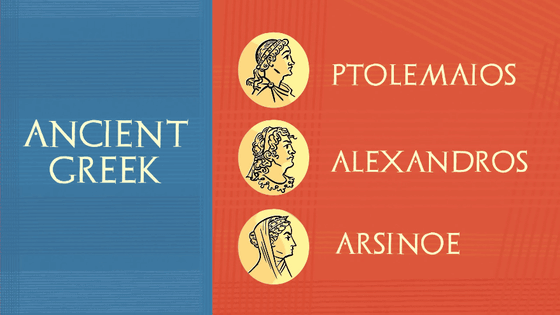
The demotic section contains several sentences separated by square brackets.

Also, in hieroglyphs, there were some sentences that were circled.
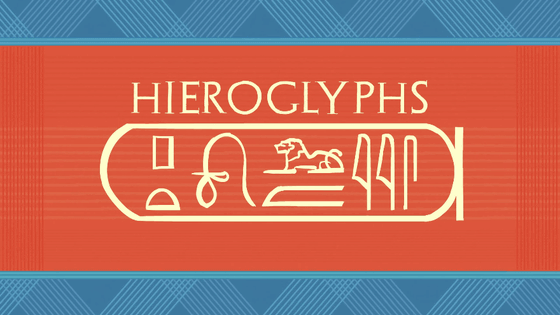
Åkerblad therefore assumed that these sentences were the names of kings, and compared them to the names read in ancient Greek. Then, from the matching results, they were able to successfully decipher several additional simple words in the demotic text, such as ``MUCH'' and ``TEMPLES.'' The fact that we were able to decipher words from the matching results means that each letter of demotic represents a separate sound, similar to the alphabet.
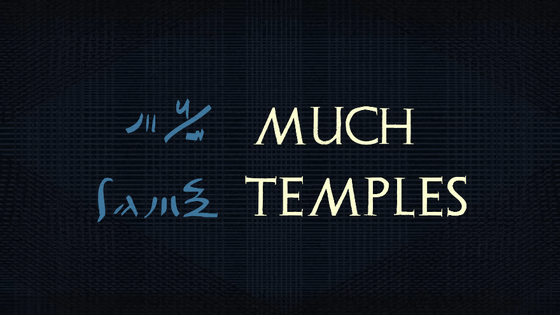
Young, in contrast, considered demotic to be a logogram, a sign that encoded an entire word or phrase, rather than a phonetic alphabet. Although Okerblad was ultimately correct and Young believed the misconception that demotic and hieroglyphs were logographic rather than phonetic, by studying hieroglyphic texts, Young discovered that the Rosetta Stone succeeded in deciphering the name 'Ptolemy' from the hieroglyphs of

Champollion used his knowledge of other scripts and languages to realize that most of the circled hieroglyphs were phonetic. For example, each hieroglyph represents one sound, such as 'A' for a vulture, and 'MES' for a picture of three fox skins. This led Champollion to decipher the king's names: '
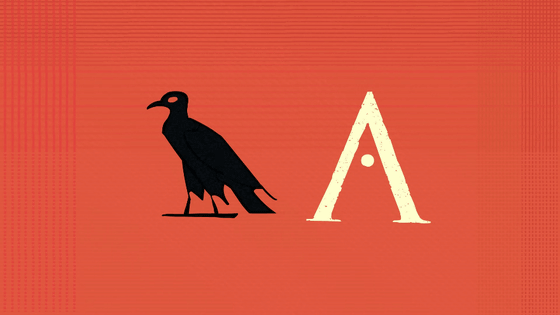
In 1822, Champollion published the results of deciphering hieroglyphs, and is now known as the ``father of ancient Egyptology.'' In addition to deciphering the sounds that most hieroglyphs represented, Champollion also discovered that some hieroglyphs were
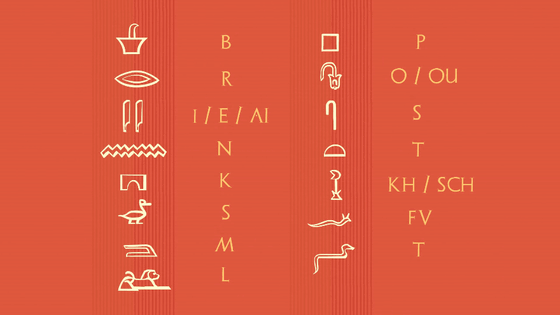
The first English translation of the contents of the Rosetta Stone was published by volunteers at the University of Pennsylvania: Report of the committee appointed by the Philomathean Society of the University of Pennsylvania to translate the inscription on the Rosetta stone. Report of the Committee to Translate the Text of the Rosetta Stone).

According to a report from the University of Pennsylvania, the Rosetta Stone text dates to 196 BC. To commemorate the first anniversary of the coronation of Pharaoh
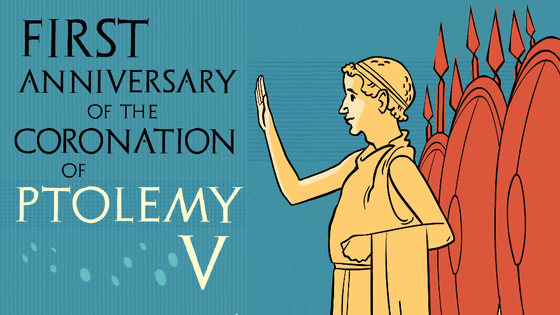
At that time, Egypt was a multicultural society where two languages were mainly used: Ancient Greek brought by the conquerors of Egypt, and traditional Egyptian. Therefore, the statutes were written in three different languages on many stones and erected as stone monuments in various temples. It is believed that the Rosetta Stone is the stone monument that remained after the temple was repeatedly demolished and rebuilt, and it was washed up along the Nile River to Rosetta along the Mediterranean Sea.
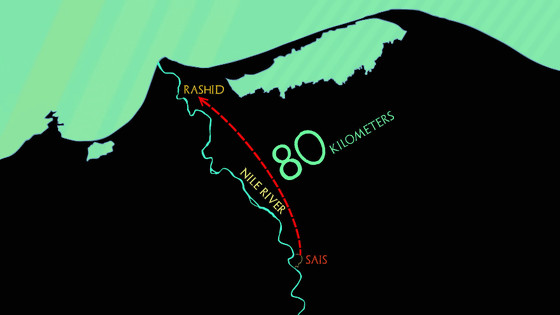
The crypts of Egyptian pyramids were once thought to be secret spaces for initiation and study. However, when the Rosetta Stone made it possible to decipher hieroglyphs, it became clear that the pyramid itself was a tomb used to prepare sacredly for the afterlife. Some of these misconceptions about ancient Egyptian culture have been cleared up by the deciphering of hieroglyphs.
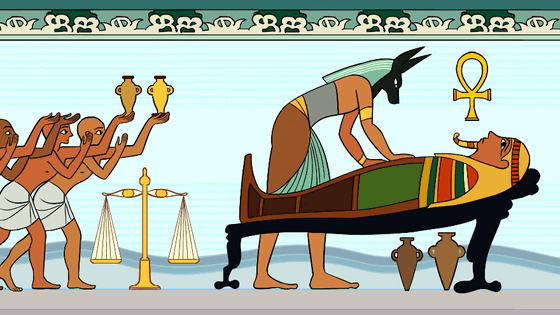
Related Posts:
in Video, Posted by log1e_dh







